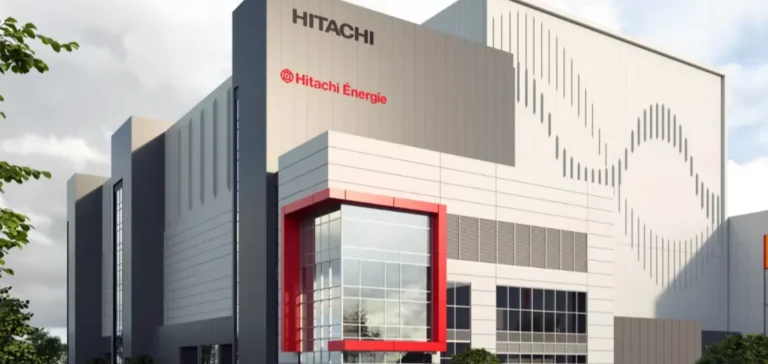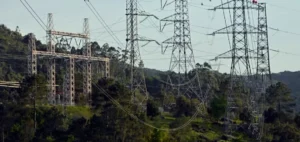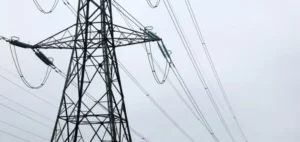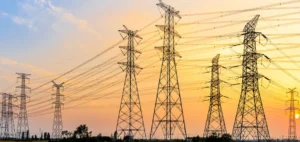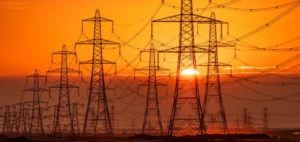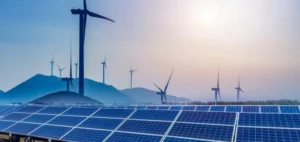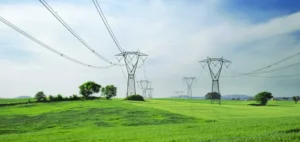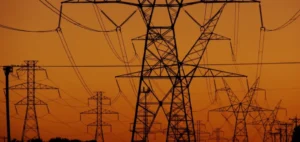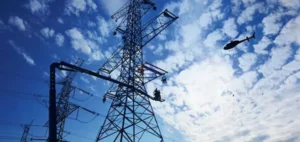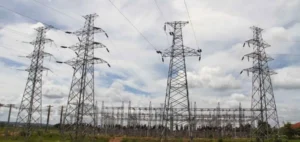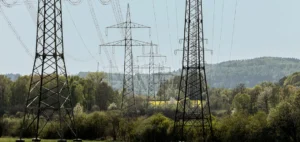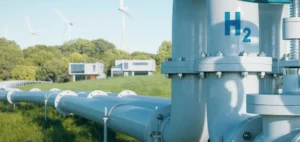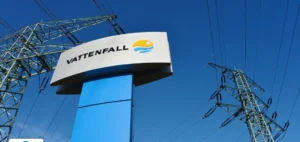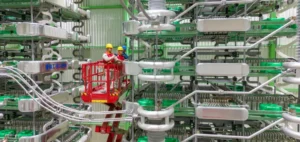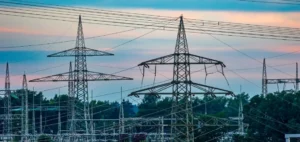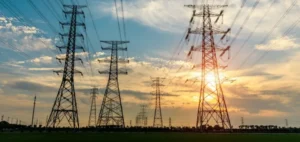Hitachi Energy, a wholly owned subsidiary of Japanese group Hitachi Ltd., has announced an investment programme exceeding $1bn to expand the production of critical electrical infrastructure in the United States. Central to this plan is the construction of a power transformer plant in South Boston, Virginia, with a $457mn budget, which will become the largest facility of its kind in the country.
Industrial support for grid expansion
This initiative aims to address growing pressure on the US electric grid, driven by the rapid development of AI-powered data centres. These digital infrastructures require increased high-voltage transmission capacity, highlighting the urgency for investment in power equipment. The Virginia facility will enable local production of transformers needed for large-scale interconnections between energy generation centres and high-demand regions.
The industrial project is backed by Virginia Governor Glenn Youngkin and several members of Congress and is expected to create over 825 jobs in the region. In parallel, a worker housing programme will be launched in cooperation with Halifax County and Virginia Housing to support this industrial growth.
Strategy focused on supply chain security
The investment forms part of a broader push for energy independence, as global supply chains for grid equipment face increasing strain. Local production of large power transformers is intended to reduce lead times, secure supply, and mitigate import-related risks. These components are vital to the stability and growth of the national electric grid, particularly for industrial operations and strategic digital infrastructure.
Hitachi Energy also plans to expand its manufacturing footprint at other US locations as part of a $9bn global investment programme. The objective is to enhance research, engineering, and production in the high-capacity interconnection sector.
Strategic positioning in the North American market
The company intends to leverage its technological expertise to support integration between energy production, transmission, and consumption across the US. The South Boston facility will be built adjacent to the existing Hitachi Energy campus and will serve as a key site within the country’s high-voltage grid network.
This development comes amid increasing federal support for energy infrastructure modernisation, particularly to meet the needs of artificial intelligence systems. Hitachi Energy is positioning itself as a core player in the transformation of the US energy system by focusing on domestic manufacturing and resilient infrastructure.


